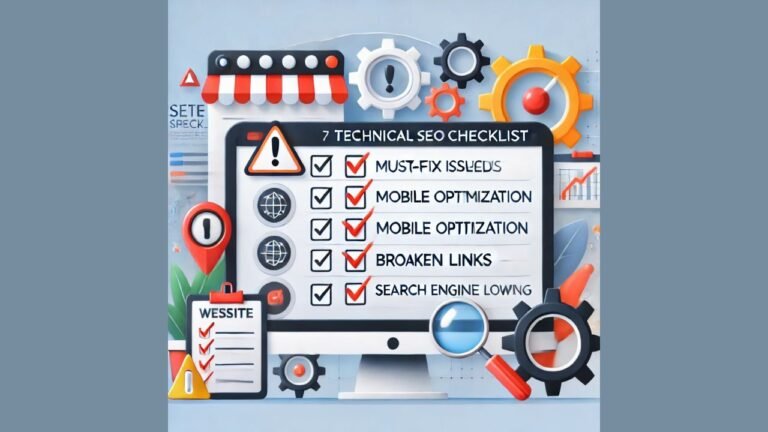
In the current dynamic industrial and corporate world, understanding HSE is no longer optional; it’s become essential. HSE refers to a set of standards, practices, and policies designed to ensure the well-being of employees, the safety of operations, and the protection of the environment within a workplace or industry. It focuses on promoting physical and mental well-being in the workplace, managing occupational health risks, and ensuring access to medical facilities.
Why Organizations require HSE Management?
Effective safety management in a workplace requires involvement from everyone to ensure safety. To achieve this successfully, people need to understand their responsibilities and how they can fulfil them. This can be achieved through open communication with your team.
HSE software encourages greater awareness of issues and can lead to improved safety outcomes. Involving workers in decision-making shows that you prioritise their health and safety. This includes addressing their well-being because mental health is as important as physical health. Follow up on your workers suggestions and make improvements with a record of safety discussions. Controlling hazards for managing health and safety in the workplace.
What is the Workplace Crisis and How to Report it?
A workplace hazard is something that causes harm to the organization’s environment. This includes things that can hurt you physically, like slippery floors or heavy objects. It also includes things that can affect your health over time, like loud noises or chemicals.
Identifying hazards is very important. When we know about hazards, we can take steps to fix them. This keeps everyone safe and healthy. Identifying hazards is everyone’s job. Each staff needs to be aware of their surroundings. Look for things that could be dangerous.
Safety is everyone’s responsibility. There are many types of workplace hazards. Report it to your safety representative. By working together, organizations can create a safer workplace for everyone.
What Is An Emergency Response Plan?
An emergency is a serious, unexpected, and often hazardous situation or occurrence that demands immediate attention. By preparing an emergency response plan, you can be proactive in dealing with an emergency.
The emergency response plan is a set of written policies and procedures that allow you to prepare for, respond to, and recover from events that can endanger your organization, your guests, and your employees. To identify what emergencies may someday be faced, start by brainstorming a list of possibilities. Consider each of the four main categories of emergencies.
Site or location-based emergencies may include structural collapse, gas leak, power outage, and sewer backup. Biological, chemical, and medical emergencies may include potential drowning, discovery of a deceased body or someone suffering from drug exposure, chemical exposure, or heart attack, to name a few. Workplace violence could include a bomb threat, robbery, an active shooter, sexual assault, riot, or several other potential situations.
And finally, consider extreme weather and natural disasters applicable to your region, including floods, wildfires, ice storms, and earthquakes. When developing response procedures for each emergency, be both specific and systematic. Be specific when giving directions to ensure instructions are clear.
Be systematic when describing what needs to be done. For instance, when writing instructions, begin from start to finish in a way that allows for an efficient and quick response. Also, consider the different conditions that could affect the response to an emergency.
Regular practice drills are the best tool employers have for training and communicating emergency response expectations to their staff. Drills are important to reinforce emergency response training, create an opportunity for employees to demonstrate that they know how to respond, prevent a panic in an actual emergency, help to identify gaps or shortfalls in the emergency response plan, promote employee engagement, and show management’s commitment to employee and guest health and safety.
If an emergency occurs at your property, a well-executed ERP can greatly minimize losses. Injury or death to guests or staff could be prevented or minimized. Damages to the hotel property may be limited. There could be less disruption and downtime to business operations.
Practicable Measures In Place To Control Hazards
Providing training, including workplace inductions, is one of the best ways to ensure the safety of employees in your business. It provides workers with information about the potential risks associated with their work, the safety policies and procedures you have in place, as well as how to work safely and deal with emergencies.
- Maintaining a Safe Workplace– It is everyone’s responsibility to maintain a safe workplace. Regular communications between management and staff are crucial to keeping safety a priority. Add safety as an item to your regular meetings so staff feel comfortable bringing up any issues as they arise.
- Keeping Records– Written records of your work health, safety activities, near misses and incidents are important for your business. These records can help show what you have managed to keep safe in your workplace, which is crucial if an incident occurs that requires investigation.
- Monitoring and Reviewing to Improve– Managing and improving safety measures is essential for continuous improvement. Safety processes and operations evolve with time, and workers and equipment can come and go, changing the risks in your workplace.
What Are The Types Of Hazards?
Here are some common types of hazards-
- Physical hazards are things that can hurt you physically. Examples include slippery floors, heavy objects, sharp edges, electricity and loud noises.
- Chemical hazards are substances that can harm your health. Examples include cleaning products, pesticides and fumes from welding.
- Biological hazards refer to living organisms that can cause illness. Examples include bacteria, viruses and mould.
- Ergonomic hazards come from the way you work. Examples of risk factors include repetitive motions, awkward postures and lifting heavy objects.
- Psychosocial hazards affect your mental health. Examples include stress, bullying and violence. We can take many steps to identify and mitigate hazards. These include workplace inspections.
How To Inspect The Workplace Hazards?
Regularly inspect the workplace for hazards. Look for things like clutter, spills and damaged equipment. Job hazard analysis involves breaking down jobs into steps. Identify hazards for each step. Find ways to eliminate or control the hazards. Incident and near-miss reporting is crucial. Encourage employees to report all incidents and near-misses.
Investigate incidents to find the root cause and prevent them from happening again. Gathering employee feedback is also important. Ask employees for their input on workplace hazards. They are the ones who are most likely to see hazards that others may miss. Proactive hazard identification is essential for a safe and healthy workplace. By identifying and controlling hazards before they cause harm, we can create a safer environment for everyone.
Proactive hazard identification also helps to reduce costs associated with accidents and injuries. These costs can include medical expenses, lost productivity and damage to equipment. Remember that everyone has a role to play in workplace safety. By working together to identify and control hazards, we can create a safer and healthier workplace for everyone.
Conclusion
By implementing occupational health and safety management, organizations can protect employees from health hazards and unsafe conditions. It also promotes sustainable practices and reduces environmental impact. HSE helps in identifying, assessing, and mitigating health, safety, and environmental risks, which promotes a safety culture.





